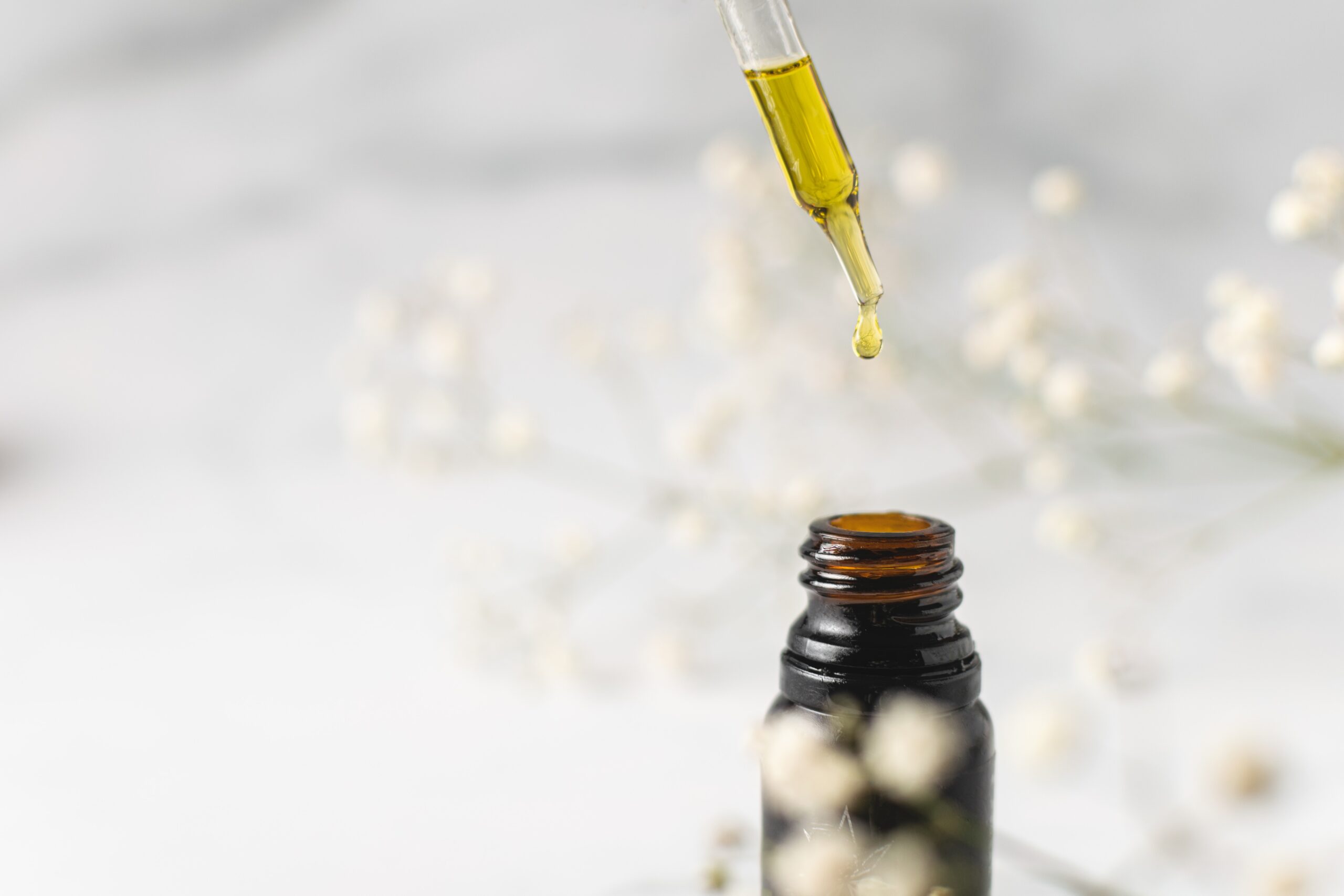Like a lot people I spend a lot time on various different “social” sites. Just the other day while I was on reddit(/r/electronic_cigarette/), which can be a gold mine for interesting, and good information. However, it can also be a place where misinformation is curated. Which is the reason behind this post. There was a topic over there (which I believe now has been deleted) that was basically saying that the use of cotton wicks is harmful. It was information that was taken out of content. I’m here to try and shed some light on the topic and to set things straight.
Hello, my name is James and I am part of a small site (Vape Resource) that deals with vaping. I’ve reached out to Spinfuel for this guest contribution as I felt this issue needed to be addressed and should be seen by a larger audience.
So, without further delay let’s get to it.
Using Cotton Wicks
Please note that if you vape with cotton, you should use 100% pure, sterile, organic cotton and it’s a good idea to boil it before use just to clear out any contaminants. This piece presupposes that those who use cotton wicks follow those guidelines.
There is a lot of debate over what material is best suited for use as a wick when rebuilding atomizers. Unfortunately, there is no actual scientific research on this topic and thus the vaping community remains embroiled in a never-ending argument that has no clear answer. One common argument is that cotton should not be used for wicking because burning cotton causes the release of acrolein and therefore, according to some, cigarette smoking would be a healthier option because “smoking will give you lung diseases in decades; acrolein exposure can give you lung disease in a matter of months.” There are several problems with this analysis.
The facts about acrolein
✱ Used primarily as a biocide
✱ Formed from the breakdown of certain air pollutants or the burning of wood, cotton, paper, and petroleum.
✱ Small amounts are found in roasted coffee, cooking oils, and fried foods.
✱ Toxic to humans and is an irritant for the skin, eyes, and respiratory system.
✱ WHO sets the level of “tolerable oral acrolein intake” at 7.5 μg/day per kilogram of body weight.
✱ CDC information says that cotton contains a concentration of 60ppm of acrolein, meaning there 60 μg of acrolein for every gram of cotton that is released when the material is burnt.
Vaping with cotton
From the information above, we know that burning one gram of cotton releases 60 μg of acrolein (assuming cotton releases all of its acrolein when burnt), which is safe for intake only up to increments of 7.5 μg/day/kg of body weight. Cotton is extremely light and not much is needed for wick creation; therefore, assuming a body weight 70 kg (154 lbs.), one’s maximum amount of acrolein exposure would be 525 μg/day, or almost nine grams of cotton. That is an extremely large amount of cotton to go through in one day, much more than the average vaper. Plus, do not forget that acrolein is only released when cotton burns and if you are vaping correctly and keeping your wick wet, burning should not happen.
Conclusion
Using 100% pure, sterile, organic cotton as a wick material is safe as long as you do not use a tremendous amount of it, and even then it is only unsafe if you burn it. Of course, everything has a little bit of risk associated with it and unfortunately there is not a smoking replacement that is completely and totally safe with no health hazards attached, so it is really a question of choosing the lesser of two evils: vaping or smoking.
James
Sources
Atsdr.cdc.gov, Potential for Human Exposure. Available from:
http://www.atsdr.cdc.gov/toxprofiles/tp124-c6.pdf (Accessed 14 October 2014).
Epa.gov, Acrolein. Available from:
http://www.epa.gov/ttnatw01/hlthef/acrolein.html (Accessed 14 October 2014).
Wikipedia.org, Acrolein. Available from:
http://en.wikipedia.org/wiki/Acrolein. (Accessed 14 October 2014).




